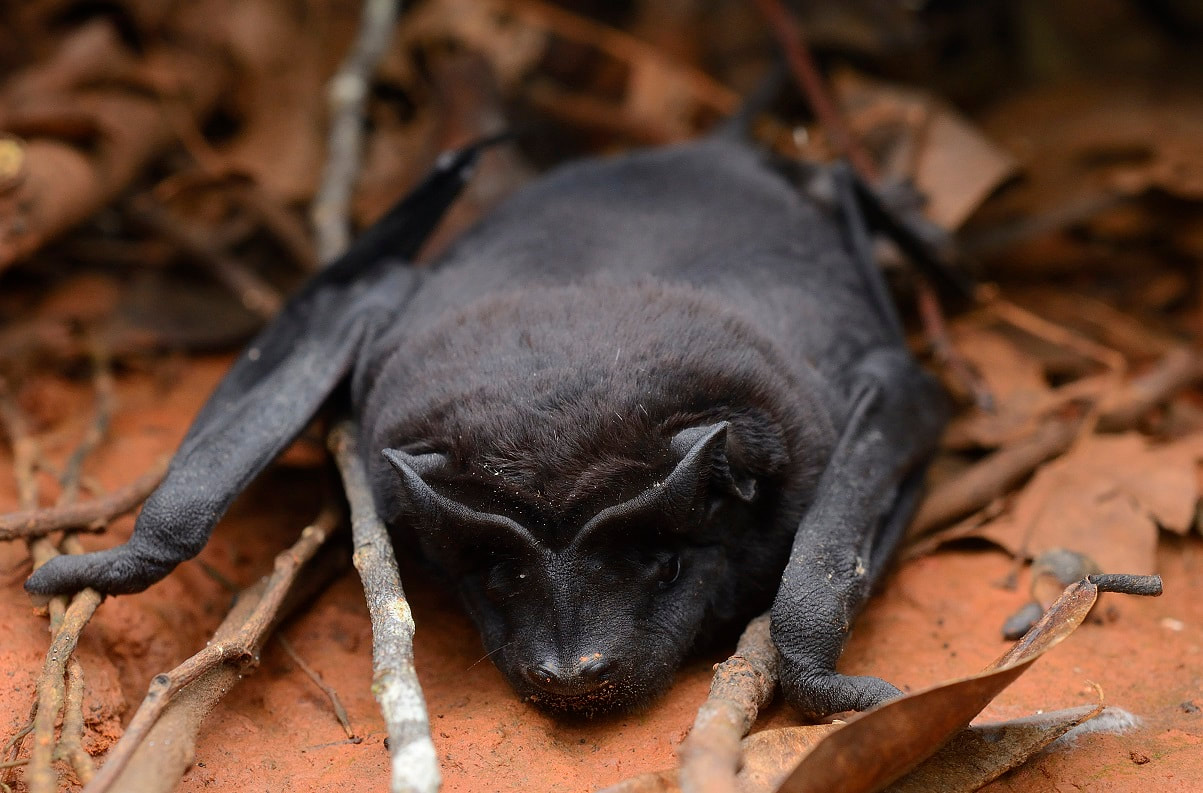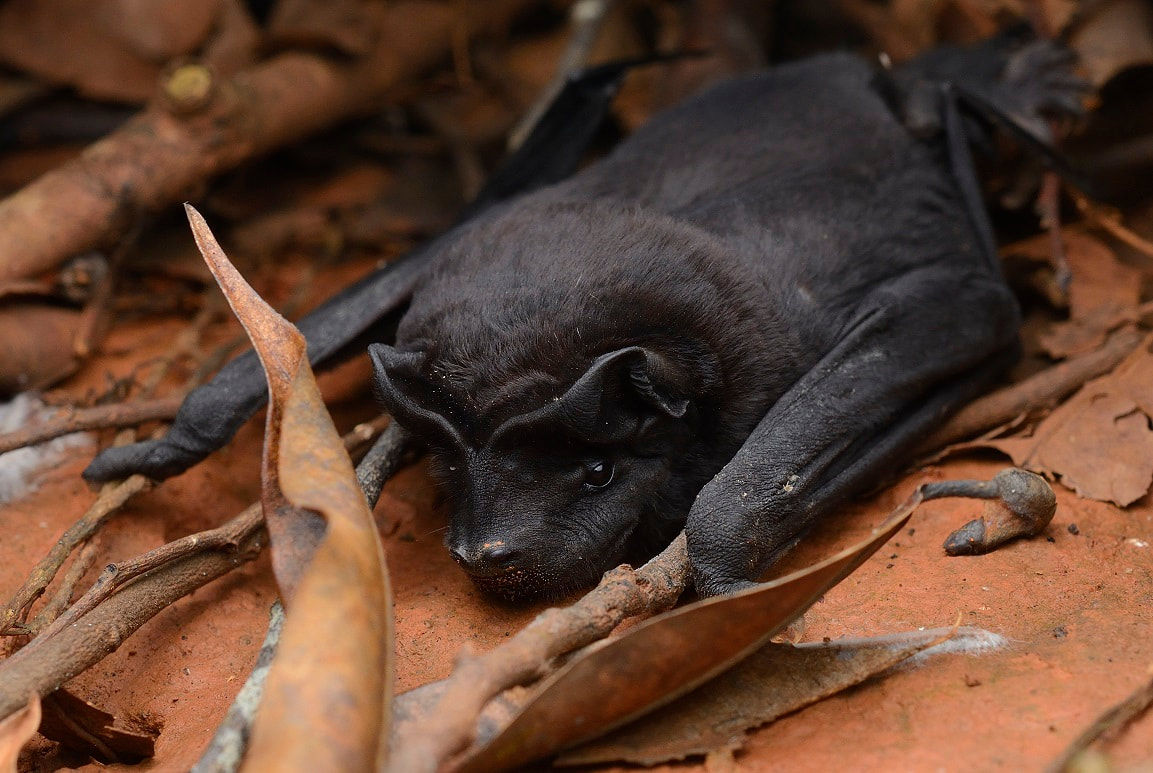Sierpefrogs' News
The rainforst fauna in Sierpe presents a captivating array of biodiversity. From vibrant tropical birds to elusive mammals, diverse insect species and great herpetofauna, this region boasts rich ecosystems.
We will be documenting and recording new observations to enhance our understanding of the fascinating rainforest fauna in Sierpe.
We aim to contribute valuable insights and data on the species we find on our tours.
Join us as we document and appreciate the incredible variety of fauna that calls this lush environment home.
We will be documenting and recording new observations to enhance our understanding of the fascinating rainforest fauna in Sierpe.
We aim to contribute valuable insights and data on the species we find on our tours.
Join us as we document and appreciate the incredible variety of fauna that calls this lush environment home.
Black Mastiff Bat (Molossus rufus)
During our last night tour, we had an outstanding encounter, the insectivorous bat called Black Mastiff Bat (Molossus rufus) in the family Molossidae.
They have long, thin wings that allow them to fly fast for long periods, however these wings do not work well at low speeds, therefore they must drop from a perch in order to take off. In this sense these bats are much like swifts and albatrosses.
Some species in this family has being recorded reaching speeds of more than 100 km/h (60 mph). They catch their prey above the canopy or in open areas with great precision.
Molossus bats play a crucial rolein controllinginsect populations, making them ecologically important in their respective ecosystems.
these bats are social animals, often forming colonies with varying sizes depending on the species. During the day they rest in roosts, which can include caves, tunnels and buildings.
This bat was spotted by my nephew Cris.
They have long, thin wings that allow them to fly fast for long periods, however these wings do not work well at low speeds, therefore they must drop from a perch in order to take off. In this sense these bats are much like swifts and albatrosses.
Some species in this family has being recorded reaching speeds of more than 100 km/h (60 mph). They catch their prey above the canopy or in open areas with great precision.
Molossus bats play a crucial rolein controllinginsect populations, making them ecologically important in their respective ecosystems.
these bats are social animals, often forming colonies with varying sizes depending on the species. During the day they rest in roosts, which can include caves, tunnels and buildings.
This bat was spotted by my nephew Cris.

